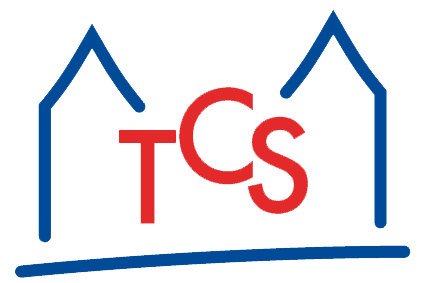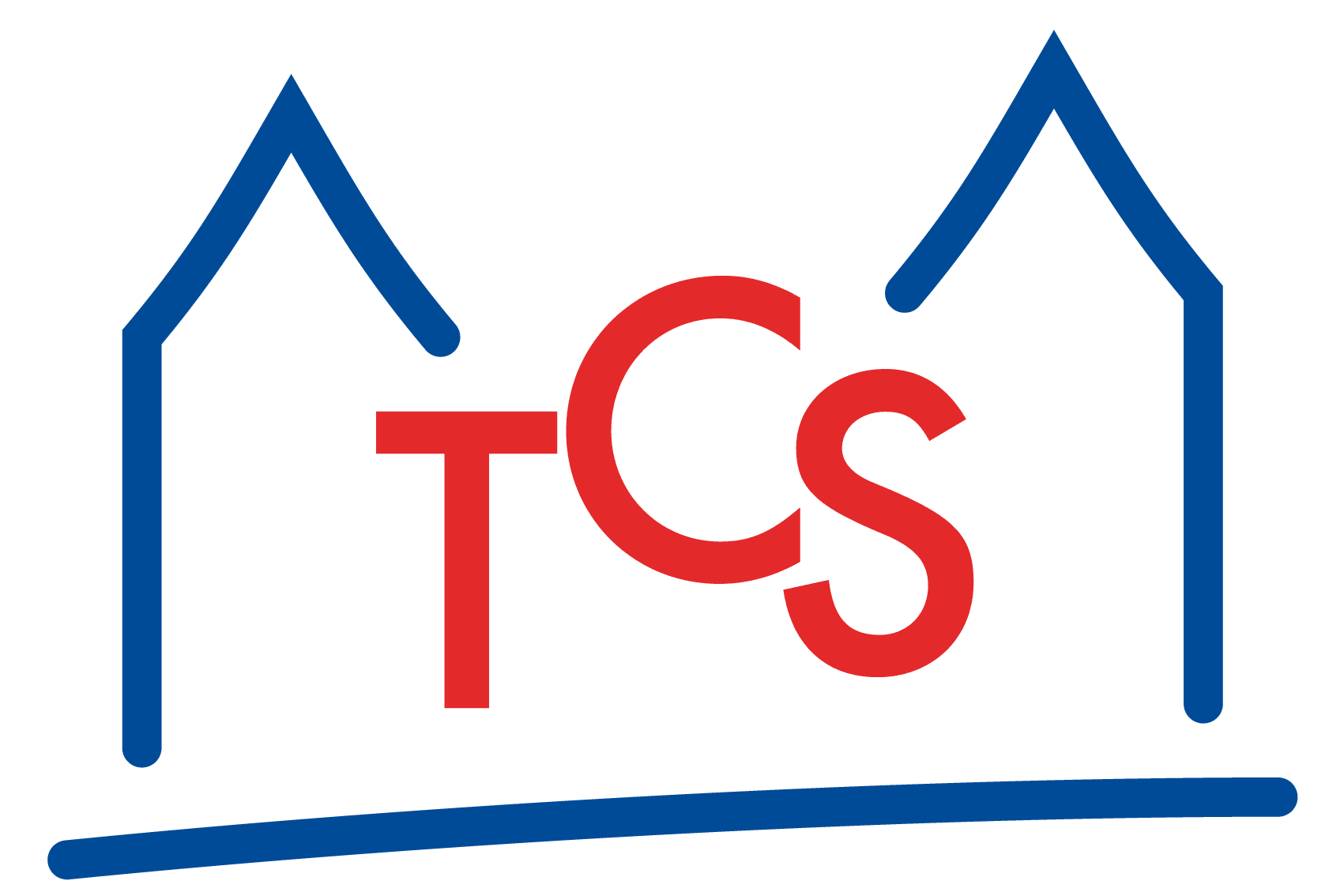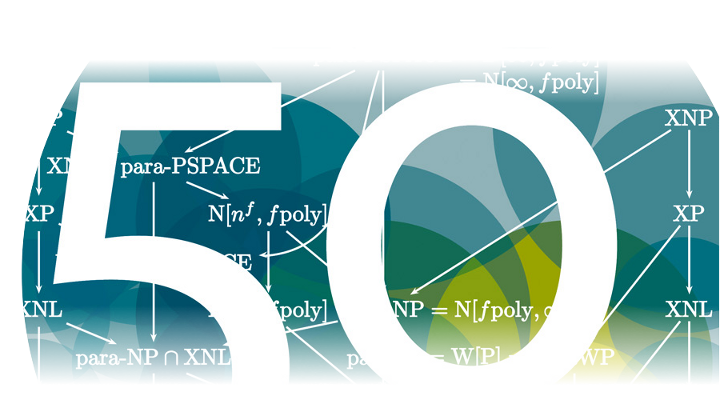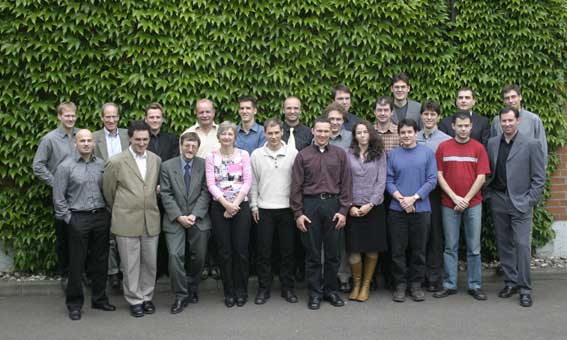-
03. März 2003,15.15 Uhr, H1, Seefahrtschule
Prof. Dr. Mitsunori Ogihara, University of Rochester/USA
Enumerative Approximations of the Rank and the Determinant
Let k be a positive integer and let E and f be
functions. The function E is said to be a k-enumerator for f if, for all x, E(x)
is a k-element list containing f(x). The notion of enumerators as an
alternative to the traditional concept of approximation was proposed by
Cai and Hemachandra in the late 1980s. We study the complexity of two
elementary problems in linear algebra, the matrix rank and the matrix
determinant, with respect to their approximability using enumerators.
We show that, for all constants k and for all finite fields F, if there
exists a k-enumerator for the matrix rank over F then the matrix rank
over F is AC0-computable with oracle access to the enumerator. For the
matrix determinant we show the following two results: (1) If the
determinant of integer matrices is polynomial-enumerable by a logspace
computable function, then the determinant is logspace computable. (2)
For all primes p, if the matrix determinant over Z_p is
(p-1)-enumerable in logspace, then the determinant over Z_p is logspace computable.
These results shed some light on the complexity of elementary linear algebra
problems that are equivalent to the rank or the determinant. Because of
the close connection between the determinant and #L, and between the
matrix rank and C=L, these results may also offer a better
understanding of the power of counting logspace classes, and the
relationships among the complexity classes that reside between NL and
logspace-uniform TC1.
Short CV of Prof. Ogihara: b. 1963. Ph.D. (1993) Tokyo Institute of Technology.
Assistant Professor of Computer Science (1991-93), University of
Electro-Communications. Visiting Assistant Professor of Computer
Science (1992), State University of New York at Buffalo. Assistant and
then Associate Professor of Computer Science (1994- 2002), University
of Rochester. Chair of the Department of Computer Science (1999-),
University of Rochester. Professor of Computer Science (2002-),
University of Rochester.
Research interests: computational complexity, knowledge discovery and
data-mining, DNA-based computation.
-
04. Februar 2003, 16.15 Uhr, H1, Seefahrtschule
Dr. rer. nat. Ralf Küsters,Christian-Albrechts-Universität Kiel
Automatische Analyse kryptographischer Protokolle basierend auf Baum-Transducern
Die Entwicklung sicherer kryptographischer Protokolle, wie sie z.B.
für Online-Banking und Kreditkartentransaktionen eingesetzt
werden, ist äusserst fehleranfällig. Eine formale Analyse
solcher Protokolle ist deshalb unerlaesslich. Die dazu bisher entwickelten
Methoden und Werkzeuge sind jedoch meist nur auf einfache
Authentifizierungs- und Schlüsselaustauschprotokolle
beschränkt. Zum Beispiel ist die Analyse von
Gruppenprotokollen mit bisherigen Mitteln noch nicht in zufriedenstellender Weise
möglich. In diesem Vortrag wird zunächst ein Überblick
über die Forschung auf dem Gebiet der Analyse kryptographischer Protokolle
gegeben, wobei der Schwerpunkt auf Entscheidbarkeits- und
Komplexitätsresultaten liegt. Es wird dann ein auf
Baum-Transducern basierendes Protokollmodell vorgestellt werden, welches es u.a.
erlaubt, bestimmte Aspekte von Gruppenprotokollen zu beschreiben. Schliesslich
wird gezeigt, dass für dieses Protokollmodell Sicherheit
entscheidbar ist.
-
28. Januar 2003, 16.15 Uhr, H1, Seefahrtschule
Dr. Benjamin Dörr, Christian-Albrechts-Universität Kiel
Discrepancy Theory
Can you distribute n points in the unit square such that each rectangle
contains a fraction of the points proportional to its volume? Can you
round a non-integral solution of a linear program to an integer one
without violating the constraints? Can you split a collection of
objects having some specified properties into two in such a way that the
properties are evenly split among the resulting two parts? Discrepancy
theory tells us that, in general, this is not possible. More over,
usually one is even far from reaching these objectives. Nevertheless,
for a number of problems interesting solutions exist. In this talk we
give an overview of this field and then study a discrepancy problem
arising in digital image processing. We use a modification of the
well-known randomized rounding technique to obtain significant progress
over previoussolutions.
-
29. Januar 2003, 17.15 Uhr, R3/Haus 21
Dr. Hemant Purohit,NEERI (National Environmental Engineering Institute), Nagur/Indien
Identification of signature and diagnostic protocol specific to genus Pseudomonas using mismatched patterns of 16S rDNA sequences
Our interest lies in identifying the distinguishing features of the
different genera based on their 16S rDNA sequence data, which could be
used further for generating genus specific probes. Pseudomonas, a soil
bacterium has been used as a model genus since has been observed as a
dominant genus that survives in different habitats with hostile
environmental conditions and also has clinical imoprtance. Initialy, we
discriminated genus Pseudomonas from Moraxella, Acinetobactor,
Burkholderia, and Alcaligene closely related genus based on their
dinucleotide composition. The exercise suggested that there exists
distinguishing features that could be used to generate genus specific
patterns through some pattern generating algorithm. We had a basic
assumption that the species level variation in 16S rDNA sequences of a
bacterial genus is mainly due to substitutions rather than insertion or
deletion of bases. Hence, repeating patterns that are highly conserved
across different species of Pseudomonas were considered as guiding
markers to a region within the 16S rDNAgene. A sample sequence set of
50 different species for this genus has been retrived. Four repeating
patterns showing more than 80% consistency across fifty different
species of Pseudomonas were identified. The sub-sequences between the
repeating patterns yielded a indel free region of 495 bases. The
sub-sequences after alignment and using Shanon's entropy measure
yielded consensus and mismatched strings. Also a theoretical primer generation
exercise was done using one of the most specific pattern and mismatched
strings, which resulted into a PCR product of 150 bp. The species level
diversity associated with the expected product was observed. The
deisgned PCR primers were used in the wet experiments and has shown the
genus level specificity in the priliminary experiments. To validate
further different Pseudomonas isolates were evaluated for the
specificity of the primer pair.





